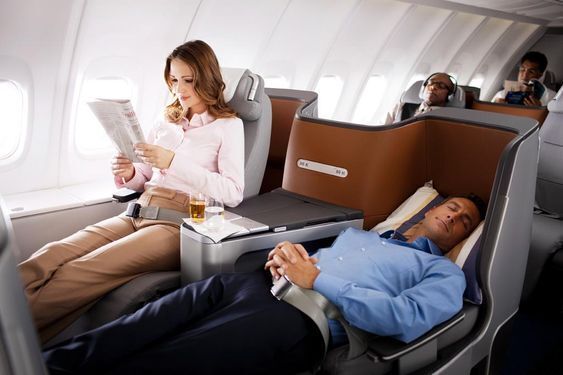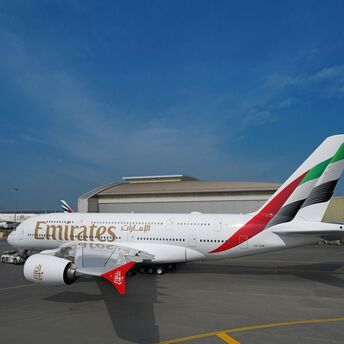Ventilation hole: why you should think twice before closing it

Talking about airplane ventilation systems is a bit of an oldie but a goodie. But air quality on board is still an important topic when it comes to preventing the spread of bacteria and viruses. That's why Travel+Leisure shares an important piece of advice that experts endorse: keep the vents open. For what purpose - read on.
Experts say that leaving vents open and allowing air to circulate will help prevent the spread of bacteria and viruses.
"The air in the cabin is a mixture of fresh air coming in from the outside and recirculated air that has been passed through high-efficiency particulate air (HEPA) filters that 'trap' 99.97% of particles, including bacteria and viruses," said Brian. Newbold with the Pilot Pathfinder.

That is, the possibility of bacteria and viruses spreading in the cabin exists even before the air passes through HEPA filtration and mixes with fresh air. What's more, this likelihood increases when your neighbor coughs or sneezes, and that's where a vent can be helpful.
"Typically, the air supply comes from the top of the cabin, mainly through personal vents and side vents that wrap around the luggage compartments. Returns are usually located in the cabin floor. So the air flow is from top to bottom," explained Jason Harp, CEO of Air-Cert.
With this in mind, keep the vents open to allow air to circulate quickly from top to bottom. This reduces the risk of pathogen transmission.



















